The opportunity to run your business is similar to becoming a freelance photographer. It’s one of those dreams. Who doesn’t want the freedom of no longer having anyone looking over your shoulder and telling you to do things?
Freelancing and running your own business can be challenging. Getting started can be difficult. As a freelance photographer, you’ll start out working long hours.
You’ll realize how lonely it is not to have anyone to have lunch with and miss the stability of a weekly/monthly check. But suppose photography and freelancing are the only things you can picture yourself doing. In that case, you’ll be willing to do everything it takes to self-sustain yourself and grow your successful freelance photography business.
What is the definition of freelance photography?
There’s no out-of-the-dictionary definition for freelance photography, but let’s start by figuring out what a freelancer is. Usually, a self-employed person provides services on a contract basis. This person can indeed be represented by a company or temporary agency that resells freelance services to potential clients, but they are not employed per se by such an entity.
You may have guessed by now what a freelance photographer is and does, but just for the sake of it I’m going to present you with a few benefits of trying this out:
- You can be your own boss because you’re… self-employed, remember?
- This allows you to create your own schedule.
- Pick the clients and projects you what to work on.
- It’s not possible from the beginning, but quite a few freelancers work while traveling and enjoying a nice vacation while doing what they like most.
How to become a freelance photographer
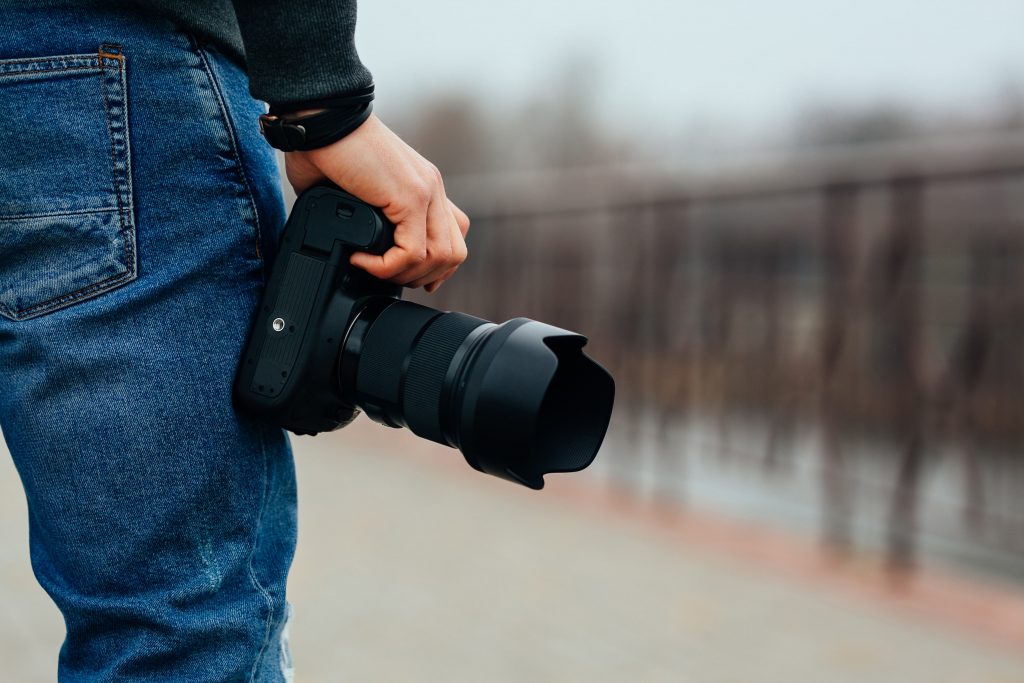
Now starts the actual talk. There’s no recipe for success, but there are steps you can follow to get closer and closer to becoming a successful freelance photographer. It’s essential to keep everything we’ll tell you about in mind because they all add to the final result, a career as a self-employed professional.
You’re not going to get everything right from the beginning – and that’s the beauty of it. You get to try things out, see what works and what you like, understand the market and its requests, and meet all kinds of people.
It’s a beautiful journey you’ll remember once you get where you want to be. Just be persistent, do your best, don’t be afraid to ask and find out things, and have fun on the way. Now let’s get to the more serious part, where we give you the ingredients of a delicious career path – you must mix them according to your taste.
Purchase high-quality equipment
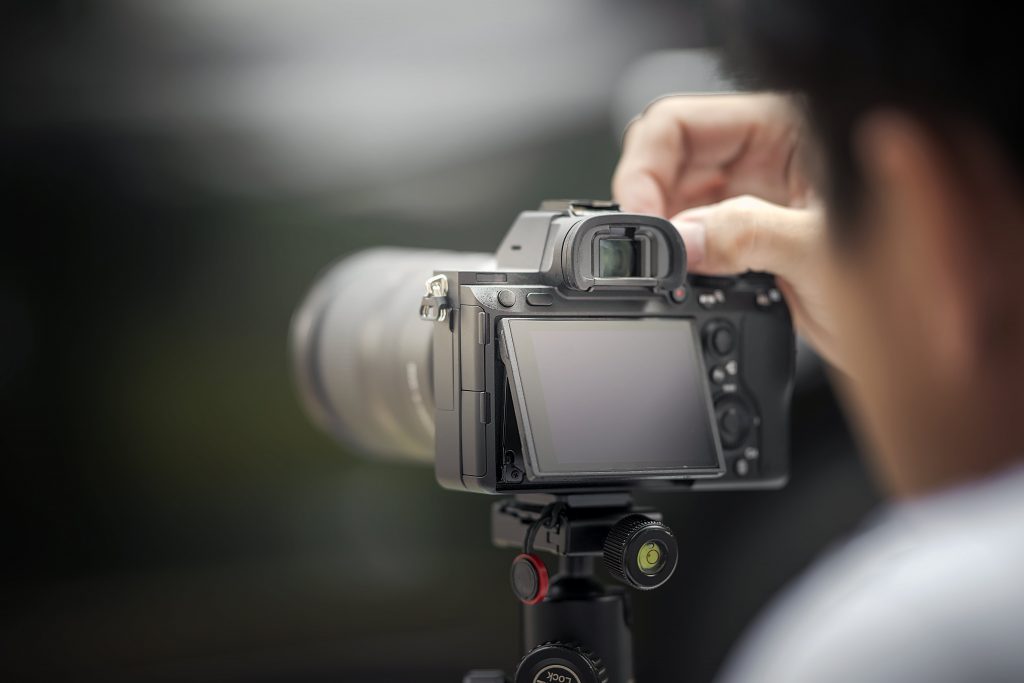
Quality equipment significantly augments the quality of a freelance photographer’s work and enhances your confidence when performing in the field.
The average cost of a high-end professional camera is about $2400. However, you might not need the most expensive camera. Find anything with high-quality features (i.e., quick frame rate for action, high MP count, and large portrait sensor) that is adapted to your niche.
A popular camera for freelance photographers is Canon EOS Rebel SL3. Another good option, at slightly higher price tags, that also features a burgeoning lens is Panasonic Lumix GH5.
Consider adding a tele focus lens and a separate flashgun. A tripod is essential whether you are shooting landscapes or paintings, and for the latter, a remote trigger is vital.
If you wish to impress your potential clients with on-the-spot samples or even perform the whole printing process in-house, you might also benefit from a professional printer.
It might make more sense to defer this to a printing professional in the early days. This will decrease your mental and physical workload, leaving you more room for acquiring more clients and improving your skills.
Learn and practice photography

Let me show you a few essential tips for learning and practicing photography and some excellent resources where beginners can start their photographic adventure.
Understand Your Equipment
Before diving into the technicalities of photography, it’s crucial to familiarize yourself with your camera. Whether you’re using a DSLR, mirrorless, or even a smartphone, learn about the basic functions, settings, and modes. This foundation will set you up for success as you progress.
Learn the Basics of Composition
Composition is key in photography. Start by understanding the rule of thirds – a fundamental guideline that involves dividing your frame into nine equal parts with two horizontal and two vertical lines. Place your subject or points of interest at the intersections for a visually appealing composition.
Experiment with Different Genres
Photography offers various genres, from landscape and portrait to macro and street photography. Experimenting with different styles will help you discover your preferences and strengths. This exploration is crucial in finding your unique photographic voice.
Master the Exposure Triangle
The exposure triangle consists of three elements: aperture, shutter speed, and ISO. Understanding how these components interact can significantly impact your photos’ quality. Aperture controls the depth of field, shutter speed freezes or blurs motion, and ISO affects the image’s brightness.
Practice Regularly
Like any skill, practice makes perfect. Dedicate time to shooting regularly. Don’t hesitate to capture mundane scenes – the more you shoot, the better you’ll become at spotting unique angles and perspectives.
Study the Work of Masters
Analyzing the work of renowned photographers can provide valuable insights into composition, lighting, and storytelling. Study both contemporary and historical photographers to expand your understanding of the art form.
Where to learn photography as a beginner?
In this digital era, unlimited online resources allow you to learn the basics of photography.
Here are some places to consider:
Online Photography Courses
Websites like Udemy, Coursera, and Skillshare offer a plethora of photography courses suited for beginners. These courses cover everything from the basics to advanced techniques, often accompanied by practical assignments. Some courses are even free!
YouTube Tutorials
YouTube hosts numerous photography channels where experts share tutorials, tips, and demonstrations. Channels like “DigitalRev TV” and “Fstoppers” offer engaging content for photographers of all levels. Here are some more channels to consider studying.
Photography Workshops
Many local communities and photography clubs organize workshops and classes. These provide an excellent opportunity to learn in a hands-on environment, receive immediate feedback, and interact with fellow photography enthusiasts.
We have a detailed article on the best places to learn photography online (both free and paid options).
Once you know your mastered photography skills, it’s time to take it a step further.
Create a stunning freelance photography website with an engaging daily blog
Your website is going to be at the forefront of your photography business. It will, without a doubt, be where most people will judge you when they are considering hiring you for a job as a freelance photographer. So effort and money invested here are worth it.
Spend time carefully selecting the images you wish to showcase on your website. Refrain from showing as much work as possible. You are only as good as your worst photo, so in this case, less is more. You want to make money but should take all the necessary steps before getting there.

If you’re starting as a freelance photographer (as I will assume throughout this article), you might not have a website ready to support all your big plans. So you’ll have to create one. It sounds like a lot of work, but it will ultimately pay off. And you’ll also learn some new skills that will be useful in the future. So let’s see what this is all about from step one.
To create a stunning website for your photography business, you need a good web hosting provider and an excellent website builder that will allow you to start your work on the right foot.
What you need to know is that there are multiple types of web hosting, as well as a bunch of web publishing software that we trust. These can be chosen according to your experience working with such tools and your budget. You get three alternatives for web hosting:
Web hosting types
- Shared hosting – you’ll use a server that hosts multiple websites, most likely owned by different people if you have a not-so-complex website and a small budget to start with;
- Managed hosting – it’s a bit more expensive than shared hosting, but you can opt for a more complex type of website without having to worry about updates, security, speed, and so on because someone else will manage them for you;
- Self-managed hosting is for experienced people who know how to handle everything from content to back-end settings. Maybe some of you know, but I strongly recommend focusing on the content you’re providing for your audience rather than dealing with things that will only take up your time.
For the part where you start building your website, we recommend WordPress, as it’s super easy to implement and use, and you have access to all types of plugins that can make your website look stunning and professional – but we’ll talk about that later. You can read more about WordPress and how it works because knowing what you’re getting into from day one is essential.
Don’t forget that there’s always the option to advertise your business on social media. Just share your blog across different platforms and groups that could be interested in what you’re doing.
Build a strong, eye-catching freelancing photography WordPress portfolio
Now that we’ve done all the talk about creating a beautiful website where you can display your work so people can be mesmerized by it and contact you. But how can you do that? Having a blog and throwing some photos here and there is not enough – you need to be structured and organized.
Use this guide to help you get started with your photography WordPress portfolio.
Showing people your best pieces will make them see that you take things seriously because you spend time carefully displaying what you love to do. Here comes the part where we tell you our little secret. Its Modula.
Modula (secret revealed!)
An amazingly user-friendly, intuitive, and responsive plugin that will help any freelance photographer achieve what you want quickly!
The benefits of using this plugin are countless, but what you most need right now is to have a way of showing off what you do best. To create a portfolio with Modula and prove to people that you are a trustworthy professional.
And the good news is that you can use this plugin to create as many galleries as you want on your website (and you also get to filter them, so they are more organized and easier to find). This way, you can send the message that you’re in for the big game and take challenges.
Designed to showcase your freelance photography portfolio in its shiniest version, Modula has everything you could need when it comes to features:
- Image hover effects for engaging your audience;
- Free resizing of all photos within the gallery container to get the de desired look;
- Integration of video content for added value and appeal;
- Social sharing to boost brand awareness and attract more leads;
- Password protection for those times you want to reserve a gallery for invitees only;
- Deep linking capability so your image galleries consistently rank well in search results;
- Easy album creation.
With a ream of gleaming 5-star reviews, you have plenty of reasons to consider Modula as the primary choice if you are looking for a WordPress gallery plugin. Creating WordPress galleries with Modula is much easier and quicker than with the uncomfortable and limited functionality of the core features incorporated in WordPress.
???? We also have a step-by-step guide for creating an online portfolio that includes Modula as a solution. Check it out and find out more!
What if I don’t have enough pictures to build my website with?
If you’re starting and thinking, “Well, I don’t even have much to make a website with,” it’s time to set up some photoshoots with friends and family. You won’t make money from day one, but it will come. Reach out to aspiring models willing to work in exchange for free photos. This is the best way to obtain experience without the apparent pressure of a paid job. And as long as your work is of a high standard, nobody will care if you did it for free.
Clients will look past that. All they’ll see is whether your ability as a freelance photographer is a good fit for them.

Unfortunately, what commonly happens when photographers who love taking pictures start a freelancing photography business is that they stop taking pictures. You’ll end up spending so much time getting jobs, finding clients, and taking pictures for clients that it’s easy to lose a passion for photography.
Use a daily blog that you update consistently as a form of accountability. That will force you to show up daily, keep shooting things you love, and continue flexing your creative muscles. With some hard work, you can add some personality to your website. Build a steady community of people interested in your work, making it easier to attract new potential clients.
Some great tools can be of real help when it comes to this. For example, some plugins help you build an online photography portfolio. This is something you should prioritize when starting your business. You can also create pages that serve as a portfolio on social media – it’s not enough, and you should also have a website. But creating an Instagram page where you post your work will reach people quickly. Social media works wonders sometimes!
The freelance photography jobs that challenge you are the most important ones you need to do.
I love taking pictures of other people and in public. But the havoc caused by the movement of people and the difficulty to control what was going on in the background always made street photography a challenge for me.
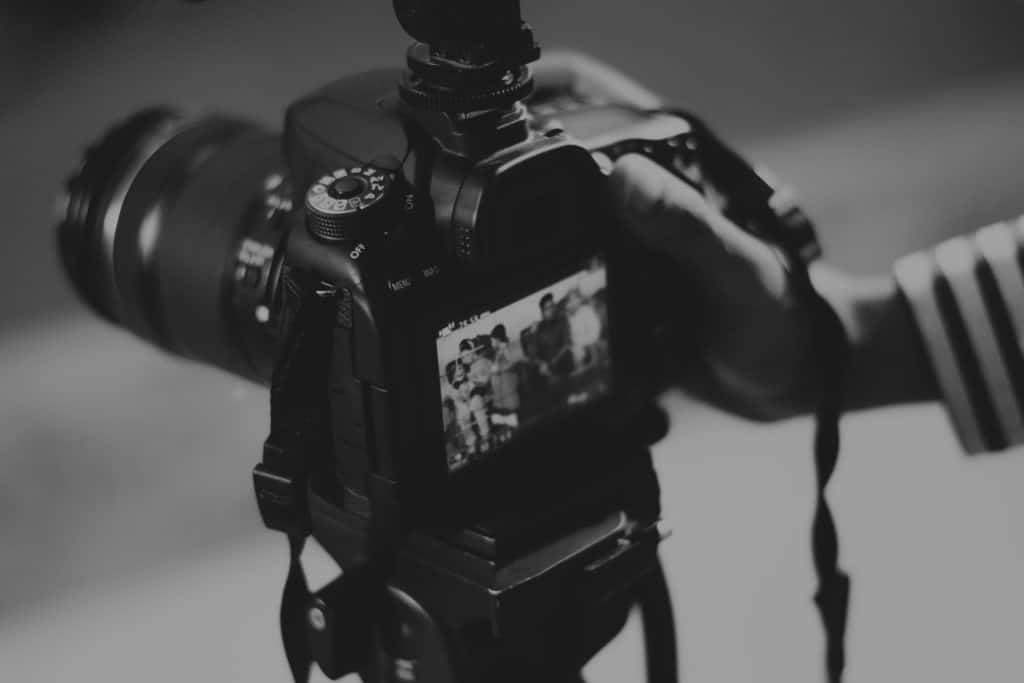
If you’re starting as a photographer, you will likely be offered jobs that will initially scare you. Remember that the jobs that scare and challenge you the most are the most important ones because they won’t be nearly as daunting and allow you to improve for the second time a similar client comes along.
Don’t be intimidated; try to experiment as much as possible. You want to make money, but it doesn’t mean it should be earned quickly. After you’ve gained some experience, you’ll see if you want to find a niche such as portrait or landscape or even wedding photography.
Even the best photographers in the world were once scared by certain jobs, and most still are.
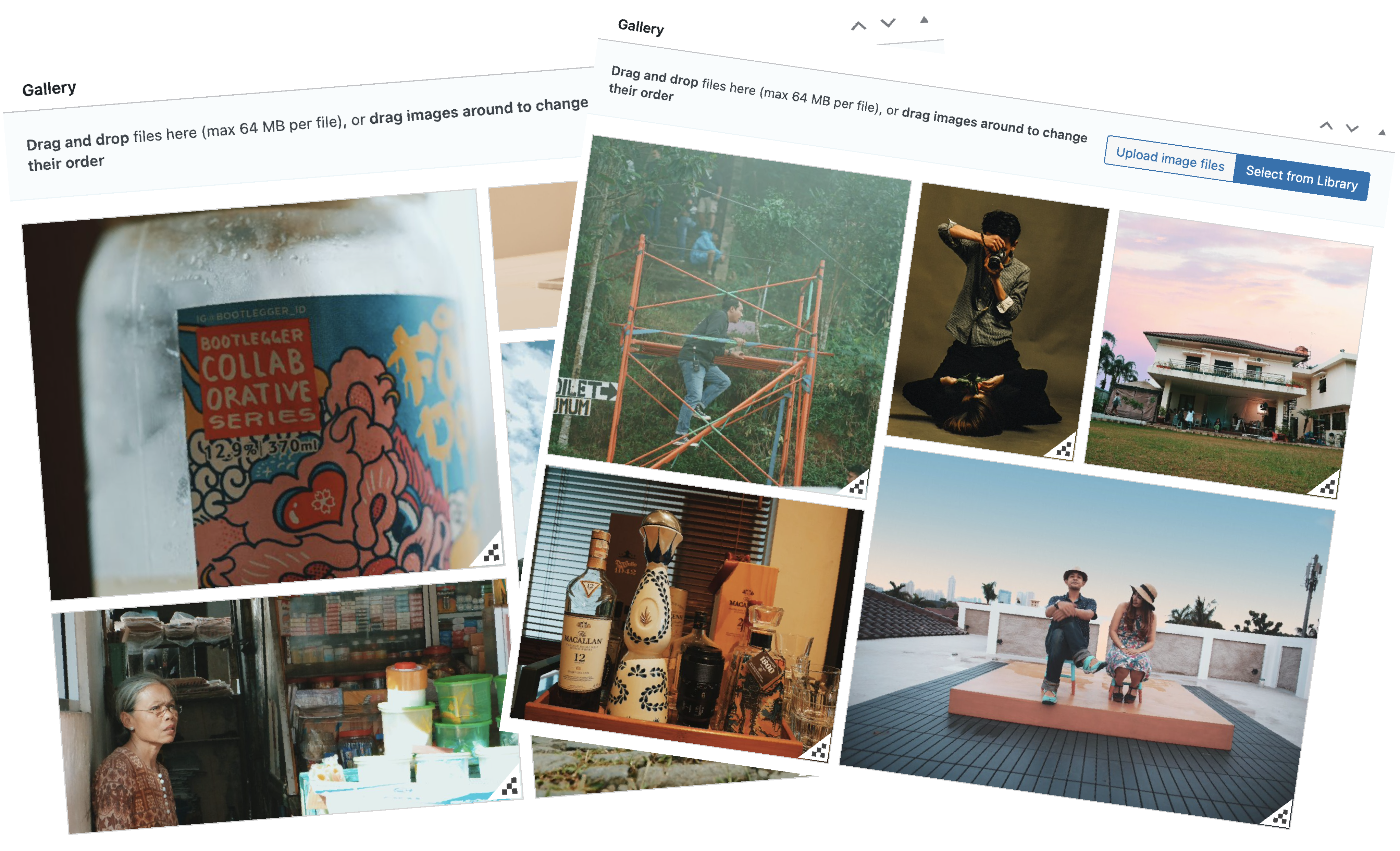
Modula Gallery Plugin
Turn freelance photography into a paid profession by creating a portfolio!
The “What is your budget?” dilemma.
Figuring out how to price your work in any industry can be both difficult and annoying, even more so as a freelance photographer, especially if you’re starting and aren’t so confident about your work. I still find it somewhat difficult to discuss the prospect of payment options with clients over email, let alone in person.
How are you supposed to know how much a client has to spend? You wouldn’t want to underbid and look inexperienced or sell yourself short, but you don’t want to overbid and lose the job. Research how much you’re supposed to charge and be fair about this. You’ll make money, but you should not try to fool your clients.
To keep the situation under control, you need to ask yourself, “What budget are you trying to work with here?”.

I think it’s unprofessional to quote prices or an hourly rate upon a first meeting, even if it’s to give the client an idea. The best way to handle this is to use the opportunity and information that a potential client has given you after asking you the above question to determine the right price.
Discuss a project in detail before you agree on a price and sign a contract. Not doing this will be the most annoying and time-consuming mistake when starting.
If you don’t take the time to set out what is included in your package or in the price that you’ve set, the client will always ask for and expect more turning what should have been a profitable job into a never-ending job in which you’re too afraid to ask for more money. If someone asks you to go above and beyond what was initially planned, don’t be scared to explain that this would require an additional payment.
Don’t keep your clients waiting.

If you’re fortunate enough that someone contacts you looking for your services, they may have spent time looking at your website and vetting you for the job.
Be sure to get back to them while you’re still at the top of your mind. This is how a professional photographer does things. Even waiting a day can be devastating because a client may have reached out to 25-50 other photographers at that time and completely forgotten about you.
Get the dialogue going as quickly as possible so they stop looking elsewhere… Being a freelance photographer is not easy, but it’s worth it if you try hard enough.
Keep track of what needs to be done.
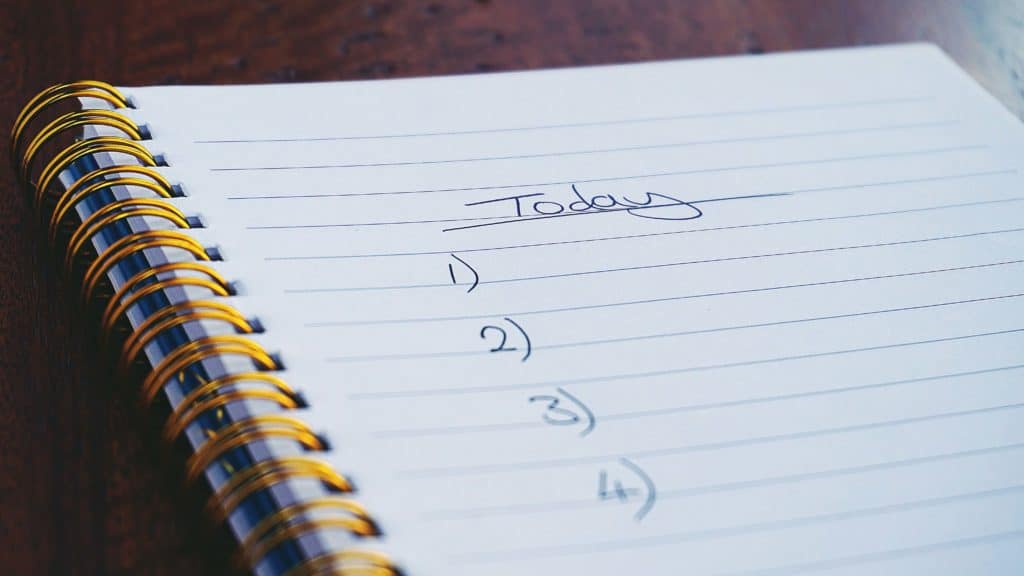
Lists are essential. If you don’t plan what you’re going to do in a day, then chances are you won’t be able to reach your goals and targets by completing the series of tasks required. Especially with freelancing, there is always a lot of random stuff to keep up with, including things you won’t feel like doing and end up procrastinating.
Putting tasks on a list will ensure you don’t forget about them, and at least you can take some pleasure out of ticking them off your list! It may sound difficult at first, but these are the steps you need to take to become a freelance photographer.
I’ve never been a massive fan of making notes on tangible pieces of paper because they always get lost or ignored. You can look at many productivity tools – one of my favorite ones is Trello, which makes it easy to keep track of ongoing tasks.

Modula Gallery Plugin
Turn freelance photography into a paid profession by creating a portfolio!
Track and schedule your time.
Track your time. This is an extremely difficult thing to do, especially if you love reading and watching things on the Internet. While there’s nothing wrong with reading informative websites related to freelance photography or your work as a freelance photographer, it fragments your attention.
Try and set aside specific times to surf the web during downtime, like in the morning, during breakfast, and at lunch. Becoming a professional photographer can be time-consuming, but it’ll be worthwhile.
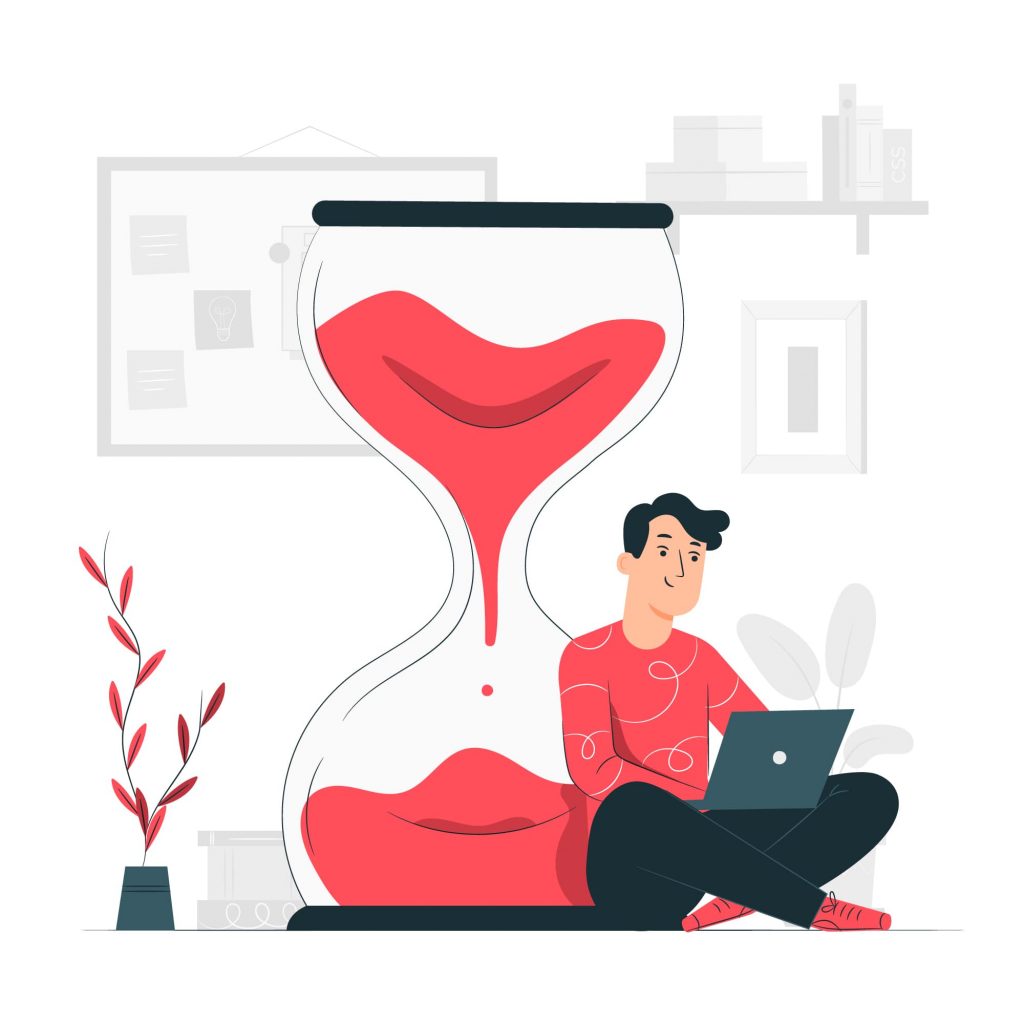
If you have trouble with particular websites with this, use a Chrome extension like this one to help you stay on top of what you’re spending (or wasting) your time on.
Separate your personal life from your work life
Yeah right. When you become a freelance photographer, things change a little. Good luck with that, but if you care about what you do, whether you work for someone or yourself, there’s no such thing as personal life or time off.
But that doesn’t mean that that’s the healthy and proper way to live, so do your best to separate your personal life from work, even if you must schedule downtime with friends and family. Your freelance photographer job needs to have a balanced way of mixing things.
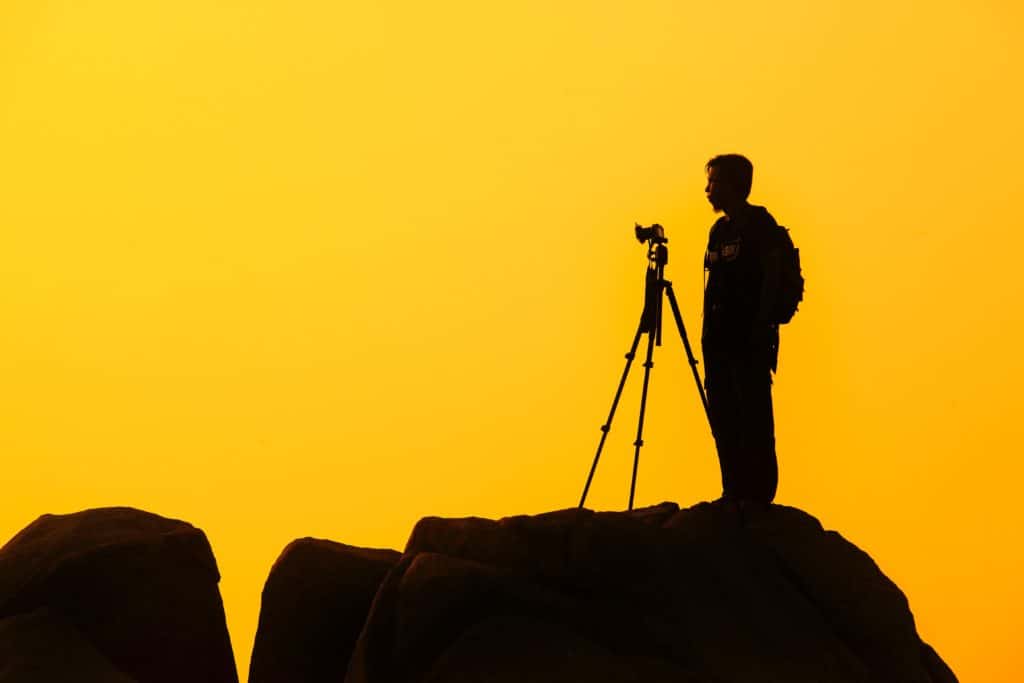
Freelance photography is even suitable if you travel a lot – if that sounds like you, look at these travel jobs we think you’ll love.
Stick to a consistent schedule
Just because you work at home, don’t fall into the trap of not caring for yourself. Just because you work for yourself doesn’t mean you aren’t a professional. Wake up every morning, shower, get dressed, eat breakfast, and start work.
Not every day will be or should be equal, so the times can vary but don’t use the fact that you work at home as an excuse to spend the day in the same clothes you slept in.
Try your best to work and sleep the same number of hours and at the same time every day. You will have much more energy and do more if you keep the same early schedule daily.
Remember: It’s not only about working the most hours in a day but it’s also about doing the most work in those hours, especially if you’re running your own freelance photography business.
Dealing with low-energy days.
Everyone has low-energy days; it’s perfectly normal. Sometimes having someone to pressure you by looking over your shoulder can be a good thing to prevent you from having those days. If you want to become a freelance photographer, you’ll be able to handle these things differently.
If you spend hours on end retouching photos in Lightroom, you’ll see a reduction in the quality of your post-processing work. Besides regular exercise and a gallon of coffee, learn to take a break when needed. Taking an hour from your schedule isn’t the end of the world. You’re still a professional photographer AND a human being as well.
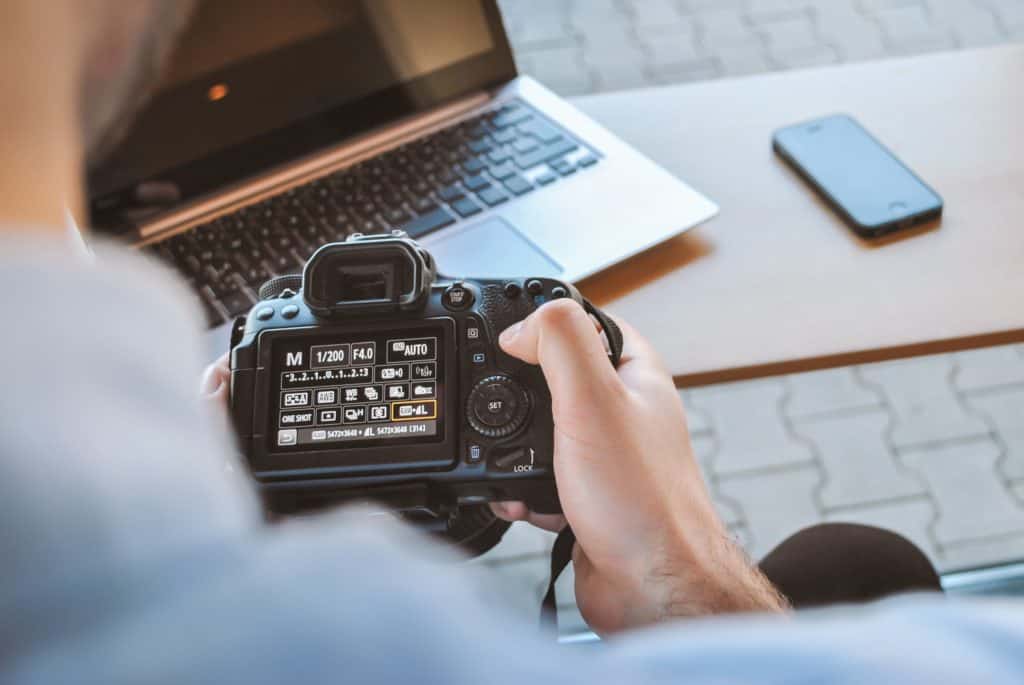

Modula Gallery Plugin
Turn freelance photography into a paid profession by creating a portfolio!
Figure out who your ideal client is and where freelance photography jobs are supposed to come from.
Contacting potential clients (prospects) to introduce yourself (and share a link to your website) can go a long way, especially when you want to become a freelance photographer. Consider where you would like your jobs to come from and figure out the best ways to reach those people.
It can help to define an ideal/dream client before doing this because it’s challenging to target someone you can’t define. These things might sound scary now, but things will seem more straightforward once you get used to being a freelance photographer.
Connect with the owners of popular blogs about photography to see if they would be willing to feature your work. Approach them with the idea that their readers might be interested in your work, and if it is good enough, they’ll often be willing to do this without asking for money. As long as you’re offering them content of value that they can use for free on their website, they’ll be happy to return the favor by giving you some exposure.
Related: Read The Best Ways to Market Your Portrait Photography Business

Overpromise = Underdelivering. Don’t do it.
Just because you think it will be easy for you to finish a freelance photography job quickly, don’t say you can finish it by tonight. You never know what will come up, and you definitely shouldn’t do anything that could potentially sacrifice the quality of your work and hurt your image as a freelance photographer.
Give yourself more time to work on projects, and if you finish something earlier than expected, it’ll be an excellent way to surprise the client with your efficiency. Being a freelance photographer means that you have to take care of everything by yourself. So promise just as much as you can do.
Speed (and why I use Lightroom)
As a freelance photographer, being efficient is extremely important. Over time as you use Lightroom more often, you’ll learn the keyboard shortcuts, and the program will transform the speed at which you can edit and deliver your work.
If you don’t already use Lightroom, it’s the best tool for your freelance photography business that you can spend your money on, and even if it seems daunting to learn, it’s worth it in the end. Anyway, if you’re not comfortable using Lightroom, there are a lot of photo editing software programs that are beginner-friendly.
Never stop creating
Just because you think you’ve reached a point at which your work is of a high standard doesn’t mean you should stop learning. You make money and can call yourself a professional, but you should never stop learning. There will always be things you can improve on. If this isn’t photography specifically, spend the time learning how to edit better/faster in Lightroom because that directly affects the quality of the work you deliver to clients.
To succeed at freelance photography, you must realize that you’ll never stop learning new things and evolving as a photographer. All the freelance photographers that gained notoriety did the same. And if you want to become a freelance photographer and be successful, you should constantly stimulate your creativity.
Don’t hesitate to invest in getting a Lynda and/or Kelby training account. The return on your investment will be unimaginable. In case you haven’t encountered them yet, they are both educational, video-based resources taught by highly qualified teachers.
Lessons are split into five or 10-minute videos so you can watch them and pick the lessons and skills you want to focus on improving. Lynda.com focuses more on the computer side, with many Photoshop, Lightroom, and web design lessons. On the other hand, Kelby Training is more focused on actual photography (and Photoshop).
Both are incredible investments that will help you become a successful freelance photographer…
Believe in yourself – Conclusion
Being a freelance photographer is difficult, but it isn’t impossible. Believing in yourself is the first step; just put yourself out there. You’re bound to make mistakes (hopefully not often), as do all freelance photographers, but stand right back up again and learn from those mistakes so you never make the same mistake twice. Building a successful freelance photography business won’t be easy, but it will be worth it in the long term if you enjoy it.
A trick that you should use is trying to contact other freelance photographers for advice and tips. Try going on forums or groups on social media where you can meet such people.
And keep in mind that when the going gets tough, the tough get going. So, I guess it’s time to get going.

Modula Gallery Plugin
Turn freelance photography into a paid profession by creating a portfolio!



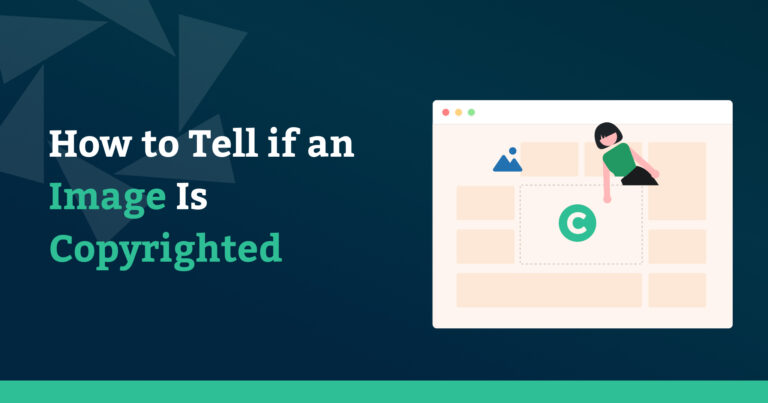
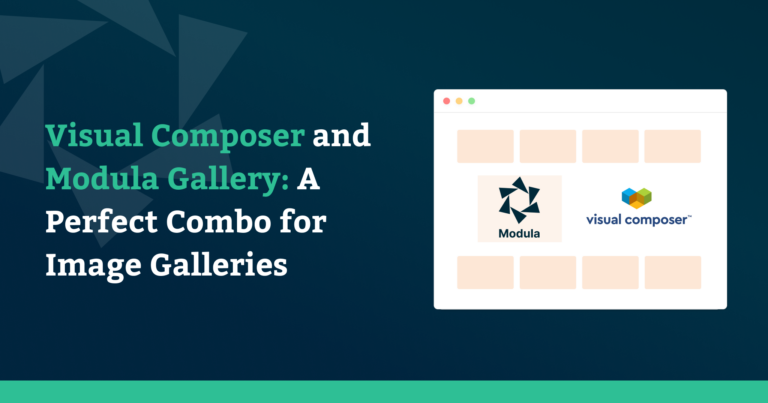
nice post with some useful insight
Thanks – glad you found it useful! 🙂
This is excellent advice. I particularly agree with your point about “Overpromise = Underdelivering. Don’t do it.” I think that’s crucial when starting out in any business. There’s a tendency to go head first at any opportunity that comes your way, but that often comes at a cost. When you’re stretched thin you tend to produce lower quality work.
Hey Will,
Thanks for sharing your post with us – it’s a really great listing. And, thanks for the feedback, it’s always nice to hear that people like our posts!
I need to start selling picture